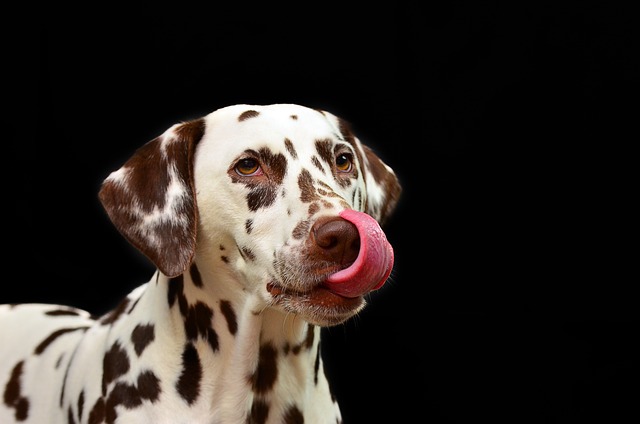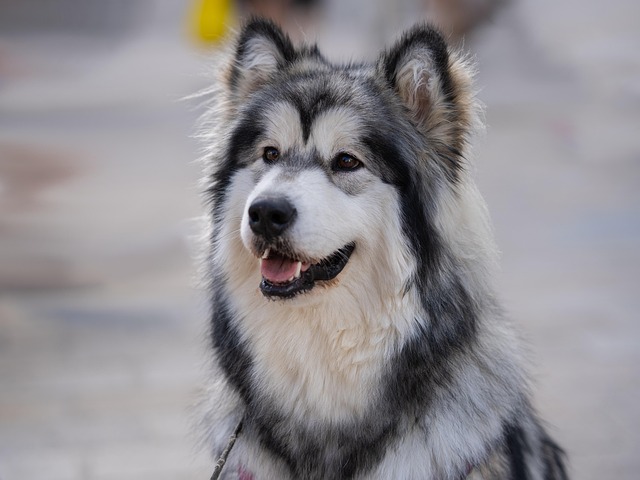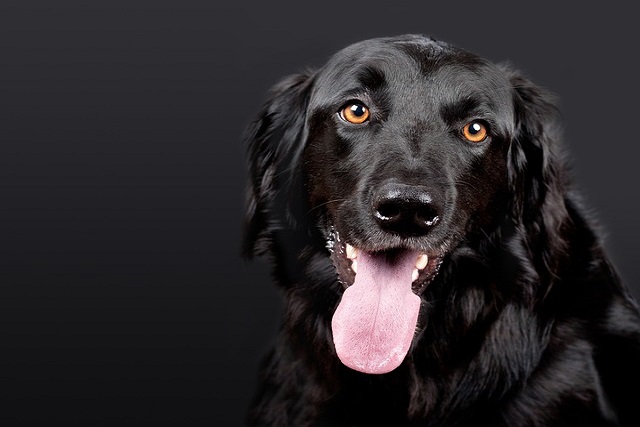
What Causes a Dog's Interdigital Dermatitis?
You might notice your dog limping or licking their paws more than usual, and that’s often the first sign of interdigital dermatitis—those sore, red spots between their toes.
You’re staring at your shaggy Golden Retriever, clippers in hand, and wondering: Can I shave my dog on my own? As a new dog owner in the U.S., the allure of saving money on grooming is real, but it’s crucial to weigh the risks before picking up those blades. Let’s break down the reality of DIY dog shaving.
Dogs’ coats serve vital purposes beyond looks. A double - coated breed like a Husky has an undercoat that insulates them in winter and cools them in summer; shaving can disrupt this natural temperature control. For breeds with sensitive skin, like Bulldogs, shaving too closely can cause irritation or even "clipper burn." Scientifically speaking, a dog’s fur also protects against UV rays, parasites, and minor abrasions. Shaving removes this barrier, similar to stripping someone of their protective gear before a hike.
If you decide to proceed, start with the right prep. Invest in professional - grade pet clippers (human clippers are too harsh), a variety of blade guards, styptic powder (in case you nick a nail), and high - value treats. Begin by brushing your dog thoroughly to remove mats—tangled fur can snag in clippers and cause pain. When clipping, use a long - guard blade (start with #10 or higher) and move with the direction of hair growth. Avoid sensitive areas like the belly, inner thighs, and face—these require extra caution or should be left to professionals. If your dog shows signs of stress (cowering, growling, excessive panting), take a break and try again later with positive reinforcement.

In the American pet - owning landscape, DIY shaving ties to broader responsibilities. Ensure your dog’s vaccinations are up - to - date as required by state law, especially if shaving exposes their skin to potential infections. In apartments, be mindful of noise from clippers (opt for quiet models) and clean up fur immediately to avoid neighbor complaints. During community walks, a poorly shaved dog might attract stares, but more importantly, always follow leash laws and clean up after your pet. Crucially, never use force if your dog resists shaving—this violates animal welfare norms. Instead, use treats to create a positive association, and consider enrolling in a grooming class to build confidence.
The verdict? While simple touch - ups are feasible for short - haired breeds, complex cuts or double - coated dogs are best left to groomers. Botched shaves can lead to costly vet visits for skin issues or even behavioral trauma. If you do tackle it at home, prioritize your dog’s comfort over perfection—and remember, a few uneven patches are a small price for a stress - free bonding experience.

You might notice your dog limping or licking their paws more than usual, and that’s often the first sign of interdigital dermatitis—those sore, red spots between their toes.

If you’re a new dog parent in the US—maybe you’re pacing your NYC apartment at 8 PM, watching your 10-month-old Lab mix

If you’re a new dog parent in the US—maybe you’re sitting on your Boston apartment couch, watching your 8-month-old Cocker Spaniel, Luna

Finding blood in your dog’s vomit is one of the scariest moments a pet owner can face—your first thought is almost always, “Is my pup okay?” The truth is, several conditions can lead to this, some milder but many requiring quick vet care.

If you’re a new dog parent in the US—maybe you’re kneeling on your Chicago apartment floor at 7 AM, dabbing crusty white gunk from your 10

Noticing your dog squinting or pawing at their eye can send any pet owner into a panic. Is it a minor irritation or something serious?